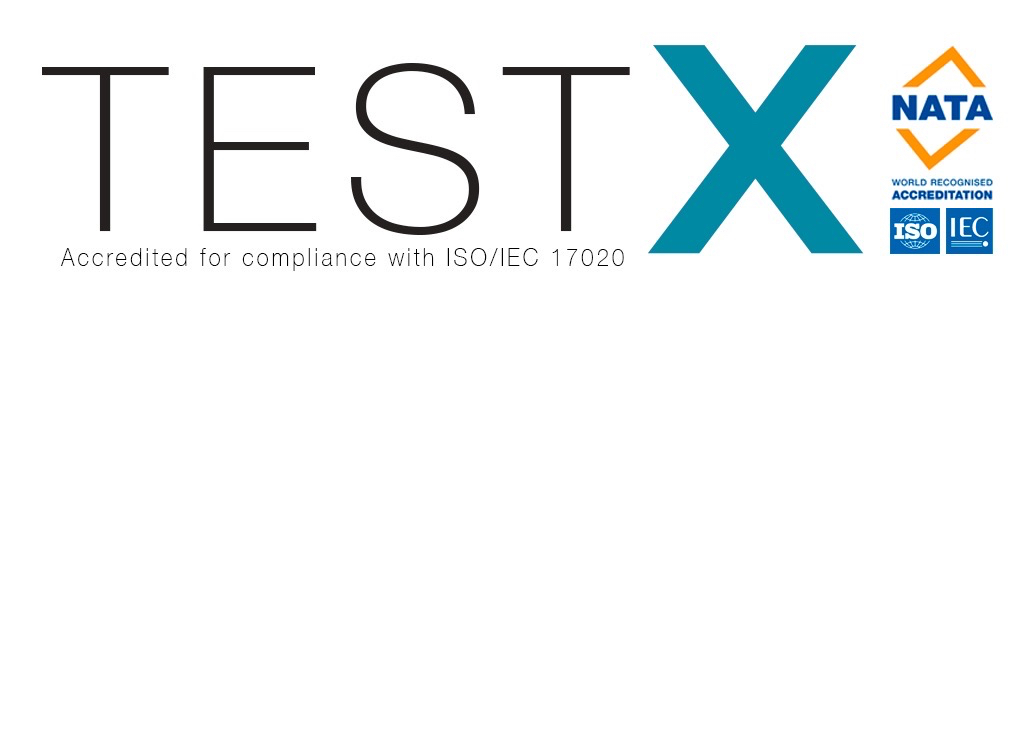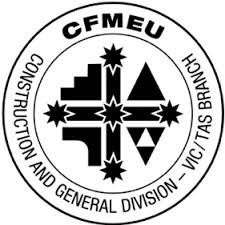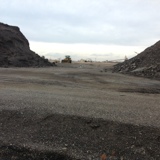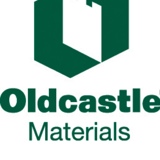Project Information
-
Document No.
-
Part No.
-
Revision No.
-
Client Name
-
Project Name
-
Sampling Started
-
Prepared by
-
Location
-
Water Sample Analysis to be Completed by
Test Details
-
Drawings Supplied
-
Drawing Number
-
Drawing Revision
-
Drawing Date
-
Drawing Approval RPEQ
-
Disinfection Completed?
-
Disinfection Method WSA03-2011 Appendix I, Clause 15
Complete method, recording the following parameters -
Date of Completion
-
Volume of Main Disinfected (kL)
-
Dilution Ratio Cl:H20 (ppm)
-
Volume of Disinfectant Used (L)
-
Contact Time (Hours)
-
Free Chlorine Residual (FCR) on Completion of Disinfection (mg/L)
-
Free Chlorine Residual (FCR) on Completion of Contact Time (mg/L)
-
Free Chlorine Residual (FCR) on Discharge (mg/L)
-
Dechlorination Method Used
-
Containment Period (Hours)
-
Flushing Completed?
-
Date of Completion
-
Volume of Flushing Water (kL)
-
Sample Collected?
-
Date of Collection
-
Sample Location Layout
-
Water Vessel Type
- Potable Water Main
- Recycled Water Main
- Potable Internal Plumbing
- Recycled Internal Plumbing
- Standing Water
- Reservoir
- River / Creek / Stream
- Dam / Lake
- Other
-
Samples to be Collected
Sample
-
Source Identification
- Inlet 1
- Inlet 2
- Inlet 3
- Inlet 4
- Inlet 5
- Outlet 1
- Outlet 2
- Outlet 3
- Outlet 4
- Outlet 5
- Outlet 6
- Outlet 7
- Outlet 8
- Outlet 9
- Outlet 10
- Outlet 11
- Outlet 12
- Outlet 13
- Outlet 14
- Outlet 15
- Outlet 16
- Outlet 17
- Outlet 18
- Outlet 19
- Outlet 20
- Other
-
Source Location Details
-
Analysis Required
- Heterotrophic Plate Count
- Coliforms
- E. Coli
- Total Chlorine
- Free Chlorine
- Turbidity
- True Colour
- Electrical Conductivity
- pH
- Other
-
Analysis Required?
-
Photo of sample location
Test Procedure
Confirm Project Information
-
Sample locations and their details
-
Sample analysis requirements
Initial Work Area Inspection
-
Is sample area barricaded off or sufficiently delineated?
-
Is traffic control established?
-
Has a Safe Work Method Statement been completed and all control measures followed?
-
Environmental controls installed as and if required
-
Collection Type
Sampling Setup Steps
-
Equipment checked and in good working order
-
Ensure correct sample containers are obtained
-
Adhere to the instructions on the label of the sample container
-
Wash hands before collecting the samples
Sample Collection Steps
-
Remove the cap of the sample container without touching the neck of the container and keep cap inverted
-
If possible, hold the sample container by the base and plunge it downward approximately 300mm below the surface. If the standing water is not deep enough use suitable syringe and take water from under the surface so surface contamination is eliminated.
-
Turn the sample container until the neck points slightly upwards
-
Replace cap and tighten
-
Wash hands after sample collection
Sampling Setup Steps
-
Ensure correct sample containers are obtained and follow instructions on label
-
Remove all external fittings such as splash devises and hoses
-
Ensure tap does not leak between spindle and the gland at the top of the tap
-
Wash hands before collecting the samples
Sample Collection Steps
-
Turn on the tap as rapidly as possible and immediately turn off to dislodge any debris
-
Turn on the tap and allow to run for (2) minutes to ensure the sample collected is from the supplying main
-
Ensure the tap is running to flush the standpipe and produces a continuous stream
-
Remove the cap of the sample container without touching neck and keep cap inverted
-
Introduce sample container to water and fill to the top without leaving an air gap
-
Replace cap, tighten and wash hands once complete
Transport Sample
-
Mix by inverting sample container to distribute the sample and any reagents in the container
-
Keep sample cold and deliver to the laboratory as soon as possible
Disassemble Steps
-
Disconnect any fittings, remove barricading and return all items to test unit
Final Demobilisation
-
Notify client samples have been taken and to contact TestX office to arrange further sampling or reports
-
Inspector's remarks
-
I declare that the sampling procedure was followed in accordance with the nominated specifications
-
Sampling Completed
-
Sample Analysis Report No.
-
Report Issue Date











